October 7, 2024 | 21:07 GMT +7
October 7, 2024 | 21:07 GMT +7
Hotline: 0913.378.918
October 7, 2024 | 21:07 GMT +7
Hotline: 0913.378.918
Agriculture, forestry, and fisheries are receiving significant attention
According to Dr. Tran Khac Tam, Chairman of the Business Association of Soc Trang Province, this period is the "golden opportunity" for the province to welcome investors. He cited the approval of the Soc Trang Province Master Plan for 2021-2030, with a vision towards 2050, by the Prime Minister. The plan aims to position Soc Trang as a key development area in the Mekong Delta region, closely linked to the Tran De seaport.
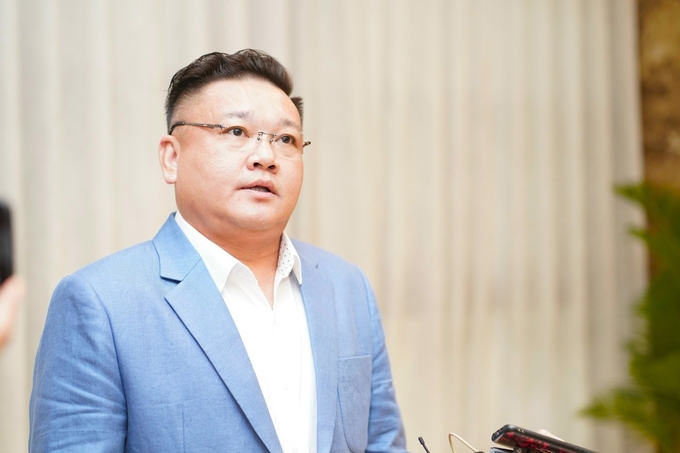
Mr. Tran Khac Tam, Chairman of the Soc Trang Province Business Association, shares insights about the potential and advantages for attracting investment in Soc Trang Province. Photo: Van Vu.
Leveraging the infrastructure advantages of the Chau Doc - Can Tho - Soc Trang expressway and five national highways passing through the province, including the Dai Ngai Bridge project connecting Soc Trang with Tra Vinh and Ho Chi Minh City, the travel distance to Ho Chi Minh City will be reduced by about 80 km. Not to mention the existing river and sea transportation systems. Once completed, these projects will form a strong infrastructure network, attracting investors to Soc Trang in the near future.
With these advantages in place, the Soc Trang Business Association has been actively promoting investment opportunities. Earlier this year, over 100 businesses from inside and outside the province, along with major Chinese investors, participated in a meeting to explore investment opportunities in Soc Trang.
At the event, Chinese Consulate General in Ho Chi Minh City, Mr. Nguy Hoa Tuong, expressed China's strong interest in collaborating with Vietnamese rice experts. The goal of this collaboration is to enhance rice cultivation and increase its value, especially in the context of drought and salinity, addressing the current challenges posed by climate change.
"When visiting Soc Trang, Chinese businesses were very impressed with the province's agricultural products such as ST25 rice, durians, star apples, coconut, shrimp, and other agricultural and aquatic products. These items, in addition to being prime exports to China, symbolize the growing and practical cooperation between the two nations," Mr. Nguy Hoa Tuong shared.
He also highlighted that China, with its vast market of 1.4 billion people, was Vietnam's largest export market for agricultural, forestry, and fishery products in 2023, with a trade value exceeding USD 12.2 billion.

Agriculture, forestry, and fisheries are among the strengths of Soc Trang Province that attract the interest of Chinese investors. Photo: Kim Anh.
In terms of rice, China has become Vietnam's third-largest rice import market, with a volume of 917,000 tons. Notably, Mr. Tuong assessed that the ST25 rice from Soc Trang province is very popular among Chinese consumers. Vietnam's seafood exports to China in 2023 also tripled, with shrimp increasing fourfold compared to the same period.
With the vast potential for agricultural, forestry, and fishery exports, the Chinese Consulate General in Ho Chi Minh City affirmed that Vietnam still has significant export opportunities to this country. "China is always open and hopes to receive more agricultural products from Vietnam to bring benefits to the people of both nations," Mr. Tuong stated.
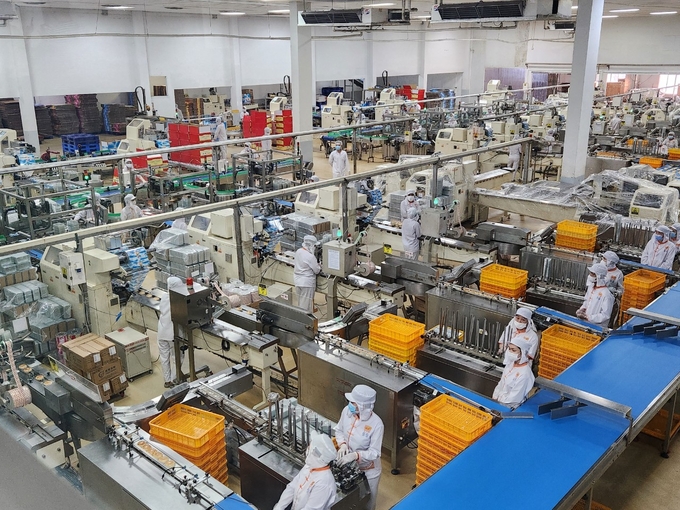
Recently, the Soc Trang Business Association has organized a series of promotional activities, meetings, and investment calls. Photo: Van Vu.
As of now, Soc Trang has dozens of foreign investment projects, with a total registered capital exceeding 23,000 billion VND. Among these, four projects are invested by Chinese enterprises, including wind power, shrimp production, and leather shoes.
Currently, Soc Trang's annual rice production exceeds 2 million tons, and its seafood output is over 375,000 tons per year. The export value of the province's products reaches over 1.5 billion USD, with rice accounting for nearly one-third, equivalent to more than 410 million USD annually.
Tran De Seaport - The Perfect Piece of Transportation Infrastructure in the Mekong Delta
According to the Soc Trang Provincial Plan for the period 2021-2030, with a vision to 2050, the locality aims to establish the Tran De offshore seaport by 2030. This logistics infrastructure project is important not only for the development of Soc Trang Province but also for the entire Mekong Delta region, and the province is prioritizing investment attraction.
Tran De seaport has the capacity to accommodate general cargo ships and container ships with a tonnage of approximately 100,000 DWT (equivalent to 100,000 tons) and bulk carriers of 160,000 DWT, with a designed capacity of 80-100 million tons per year. The project contributes to the direct export of goods from the Mekong Delta region without going through other intermediary ports. The estimated capital requirement for the initial phase of the project is around 50 trillion VND.
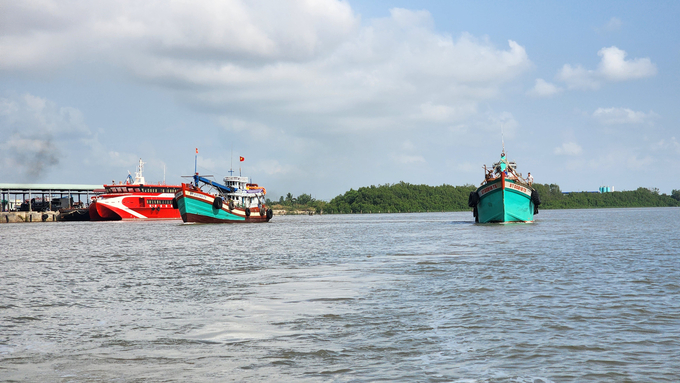
Tran De Seaport is a logistics infrastructure project that serves the development of the Mekong Delta region and is currently a priority for investment attraction in Soc Trang Province. Photo: Kim Anh.
Mr. Ho Quoc Luc, Chairman of the Board of Directors of Sao Ta Food Joint Stock Company, stated that the company exports approximately 1,500 refrigerated containers each year. However, all goods must be transported to ports in Ho Chi Minh City or Ba Ria-Vung Tau. This long route incurs transportation costs of up to 700 USD per container trip. Additionally, there are significant risks if cargo does not reach the port on time due to traffic jams or accidents. Sao Ta's leadership hopes that the construction of the Tran De seaport will help the company save at least 15 billion VND per year in transportation costs. Moreover, the risk associated with cargo will also decrease, increasing trust with partners in the logistics process.
In the rice sector, Mr. Pham Thai Binh, Chairman of the Board of Directors of Trung An High-Tech Agriculture Joint Stock Company, mentioned that Vietnam exports about 7 million tons of rice annually, most of which comes from the Mekong Delta. However, in recent times, rice exporting companies have had to transfer goods to ports in Ho Chi Minh City and Dong Nai for delivery.
If the investment and construction of the Tran De seaport are successful, the logistics process can be carried out directly in the Mekong Delta, reducing transportation costs by approximately 40%.

The establishment of Tran De Seaport helps businesses in the Mekong Delta significantly reduce transportation costs and enhance competitiveness. Photo: Van Vu.
Most businesses assess that the Tran De seaport plays a crucial role as an important gateway connecting the southern region to international shipping routes, opening up opportunities for agricultural, forestry, and fishery products from the Mekong Delta to reach global markets. According to statistics from the Soc Trang Provincial People's Committee, over 70% of exports from the region must be transported by road to Ho Chi Minh City, increasing costs and time, which consequently reduces the competitiveness of goods.
The Chairman of the Soc Trang Provincial People's Committee, Mr. Tran Van Lau, emphasized that all Central Government resolutions regarding the Mekong Delta clearly state the goal of developing Tran De port into a special port and a gateway for the region by 2030. This is a perfect piece to synchronize transportation infrastructure, directly promoting the socio-economic development of the Mekong Delta region in particular and the entire country in general.
During the period of 2021 to 2030, Soc Trang province has proposed 120 priority investment projects across 12 fields related to economic, cultural, social development, infrastructure, and disaster prevention. Among these, six key projects in the agriculture sector are prioritized for attracting investors. These projects aim for development that is ecological, organic, circular, low-carbon, environmentally friendly, and adaptable to climate change.
Additionally, the province aims to link agricultural development with processing, preservation, branding, and market consumption, as well as eco-tourism and landscape enhancement. Notably, there is a focus on establishing specialized cultivation areas for the province's key products and strengths, such as rice, Vinh Chau purple onions, medicinal plants, beef cattle, dairy cattle, and brackish water shrimp.
Translated by Mai Quang Huy
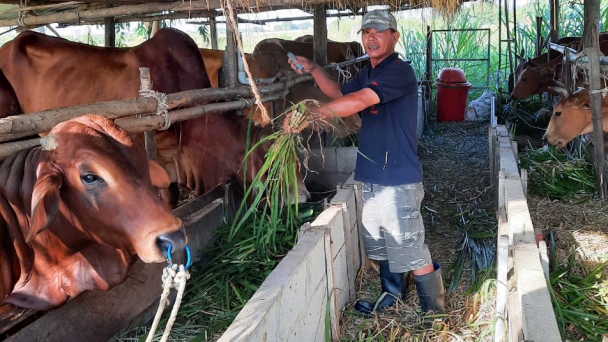
(VAN) The livestock production process emits a lot of greenhouse gases. Pollution due to livestock waste becomes more dangerous if not handled promptly.
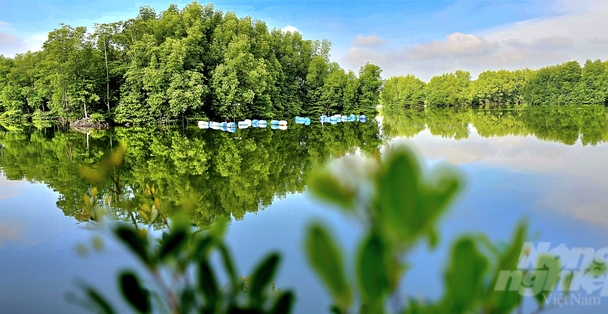
(VAN) Aquaculture farmers under the canopy of mangrove forests in Dong Nai are actively nurturing and protecting the forests to develop sustainable livelihoods that bring high economic benefits.
/2024/10/05/0810-3-210511_330.jpg)
(VAN) The Japanese expert delegation was especially impressed with red-fleshed guava gardens in Quang Minh commune, Chon Thanh town, Binh Phuoc province, pledging to cooperate for mutual development.
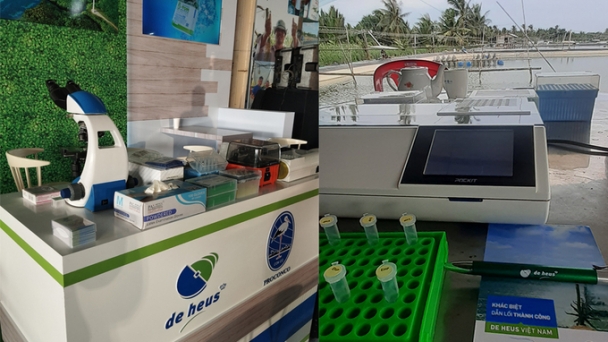
(VAN) At Vietfish 2024, the Sustainable Development Director of De Heus Vietnam and Asia shared insights on the sustainable aquaculture industry at De Heus.
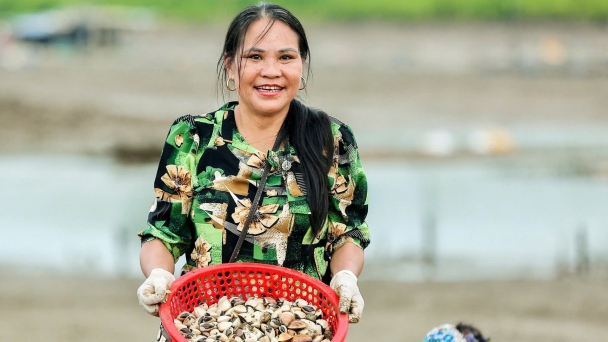
(VAN) Compared to 2023, the highest revenue of a farmer is slightly more than VND 10 billion, that is, Nguyen Thi Bien, who specializes in raising clams in Thanh Hoa province.
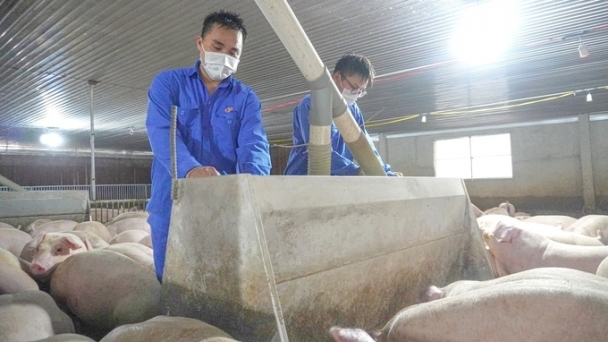
(VAN) Low loss rate, low feed consumption, and fast growth of livestock are factors that help many farms feel secure when raising pigs with Japfa.